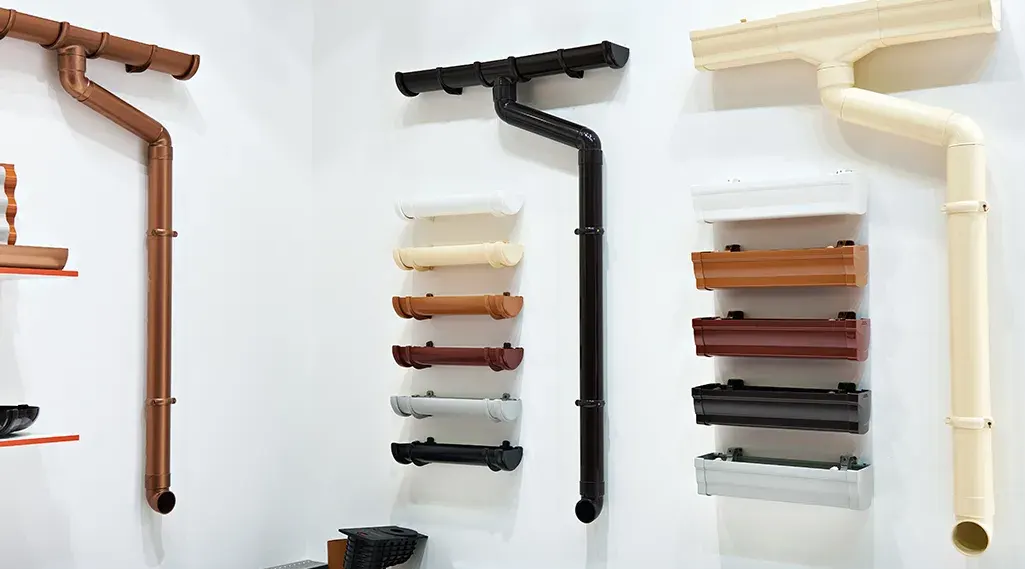Keeping your gutters in top condition is one of the simplest yet most important things you can do for your home. Gutters are responsible for directing rainwater away from your foundation, protecting your roof and walls from potential water damage. But, over time, gutters can get clogged, cracked, or misaligned, which is why regular maintenance is essential. Here’s how to keep your gutters functioning properly with minimal effort.

Start with Cleaning
The most basic yet crucial part of gutter maintenance is cleaning. Leaves, twigs, and debris can quickly clog up your gutters, especially in the fall. You don’t have to climb a ladder and risk injury every time—using a sturdy extension or telescoping pole with a cleaning tool attached will make the job safer and easier. Aim to clean your gutters at least twice a year—once in the spring and once in the fall.
Check for Proper Water Flow
After cleaning, it’s important to check that the water is flowing properly. When it rains, stand outside and watch the gutters to ensure the water is being directed away from your home. Water should flow freely down the downspouts without any overflow or pooling. If you notice any issues, it may be time to adjust or re-align your gutters.
Inspect for Leaks or Cracks
Gutters are made of materials that can eventually wear down over time, especially if exposed to harsh weather conditions. Take a walk around your house and inspect your gutters for cracks, leaks, or rust spots. If you find any, it’s best to repair them sooner rather than later to prevent larger, more expensive issues down the line.
Add Gutter Guards
One way to make gutter maintenance even easier is by installing gutter guards. These mesh covers help keep debris out of your gutters, reducing the frequency of cleaning. While they won’t eliminate the need for maintenance completely, they can extend the time between cleanings, saving you time and effort.
Remember the Downspouts
While gutters are important, downspouts are just as crucial for the proper functioning of your drainage system. Ensure they’re clear and free of obstructions, such as leaves or even bird nests. You can test the downspouts by running water from a hose through them to make sure water is flowing freely.
A little upkeep goes a long way when it comes to gutters. With these simple steps, you’ll protect your home from water damage and avoid costly repairs in the future.
